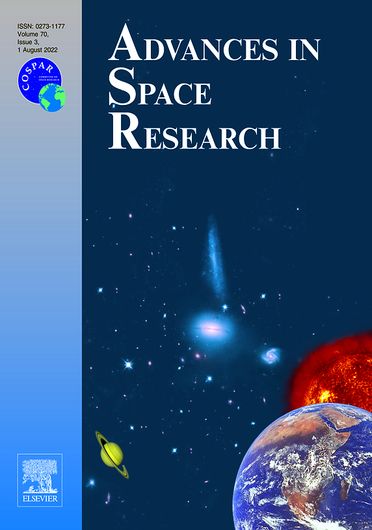Agricultural drought monitoring in Sri Lanka using multisource satellite data
Abstract
Drought is a complex phenomenon affecting agricultural, environmental, water resources, and socio-economic systems in developing regions. Climate change is going to increase the frequency and intensity of drought events and the associated socio-economic impact, including that on the food security among marginal smallholder farmers. For timely early action, it is important to have robust drought monitoring and warning in place to determine the timely drought situation to assist end-users for the decision-making process. Spatialtemporal remote sensing data provides crucial information on near real-time drought monitoring and early warning. The present study developed a composite index, i.e., Integrated Drought Severity Index (IDSI) that combines inputs from rainfall, vegetation, and temperature to determine agricultural drought progression, intensity, and frequency for entire Sri Lanka between 2001 and 2019. The study has successfully identified 10 drought events of which 2001, 2012, 2017, and 2019 reported severe droughts across the two rainy seasons, namely Yala (May–August) and Maha (October–March). We analyzed various indices meteorological drought Standardized Precipitation Index (SPI) and field-based rice Crop Yield Anomaly Index (CYA). It is evident from the study that the Yala season reported more drought events compared to the Maha season due to changes in monsoon onset and duration and its seasonal variability. The correlation coefficient for SPI with IDSI is 0.70 and IDSI with CYA is 0.68, which explains the reliability of drought monitoring information across Sri Lanka. In terms of sub-national drought events, the North, North Central, North Eastern, Eastern, and South Eastern Provinces which cover the majority of the dry zone of Sri Lanka and districts such as Anuradhapura, Monaragala, Polonnaruwa, Hambantota, Trincomalee, and Ampara are highly prone to agricultural drought impacting agricultural production and the vulnerable rural population. From the basin analysis, both Yan Oya and Malwathu Oya (Aruri Aru) are reported to have severe drought events, which highlights the need for timely action using satellite-derived agricultural drought monitoring to mitigate drought risks and reduce food insecurity.

